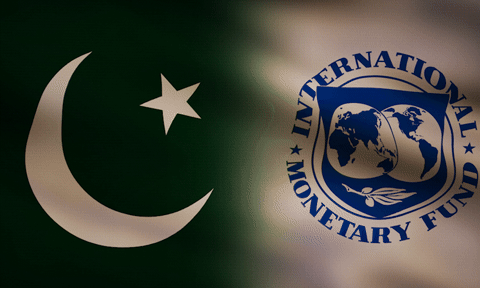Efforts to challenge the US dollar’s global dominance have historically been hindered by disparities among nations in economic strength, foreign reserves, human resource development, infrastructure, productivity, innovation, and wealth creation.
However, recent advancements have enabled international and regional organisations to make significant progress in reducing reliance on the dollar for investment, trade, and reserves. Emerging economies have achieved substantial growth, enhancing their economic resilience and reducing dependence on the U.S. dollar.
For instance, China’s GDP has grown significantly, positioning it as a major global economic player. Countries are developing financial infrastructures that facilitate transactions in local currencies.
The BRICS nations (Brazil, Russia, India, China, and South Africa) are exploring the creation of a new reserve currency to challenge the dollar’s dominance. Nations are entering agreements to conduct trade in their own currencies. For example, Russia and China have increased the use of the ruble and yuan in bilateral trade, reducing reliance on the dollar.
The development of digital currencies and blockchain technology offers alternatives to traditional dollar-based transactions. China’s digital yuan is a notable example, aiming to facilitate international trade without the dollar.
These initiatives reflect a strategic move by various countries and blocs to enhance economic sovereignty and reduce exposure to dollar-centric financial systems.
The BRICS nations—Brazil, Russia, India, China, and South Africa—have increasingly utilized local currencies in their intra-group trade. In 2012, BRICS countries signed agreements to promote trade in local currencies, aiming to replace the US dollar as the primary unit of trade among them. Between 2017 and 2022, intra-BRICS trade increased by 56 percent, reaching USD 614.8 billion in 2022.
At the 2023 BRICS Summit, member countries agreed to promote the accelerated use of local currencies in cross-border payments. Institutional mechanisms like the BRICS Interbank Cooperation Mechanism and BRICS Pay have been developed to facilitate these transactions.
The trade among BRICS nations and local currency settlements rose to 85 percent, up from 26 percent two years prior.
Copyright Business Recorder, 2024
The writer is a former Press Secretary to the President, An ex-Press Minister at Embassy of Pakistan to France, a former MD, SRBC Macomb, Detroit, Michigan





















Comments
Comments are closed.